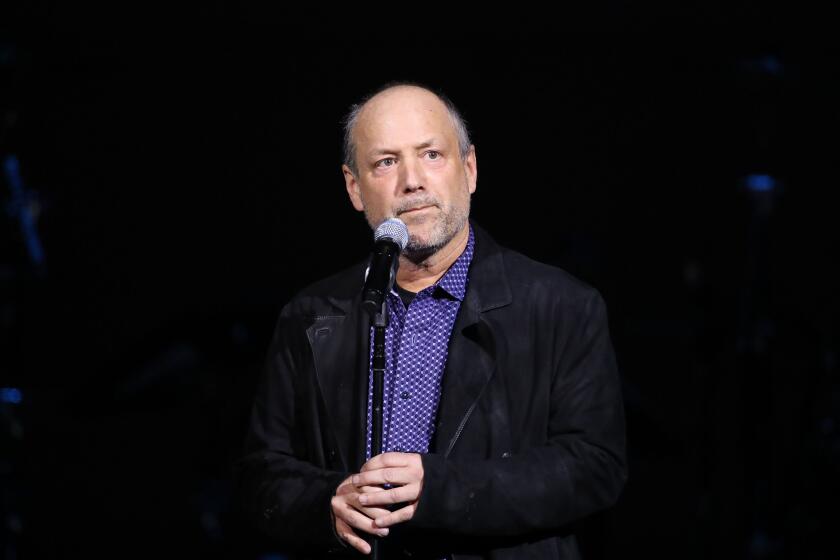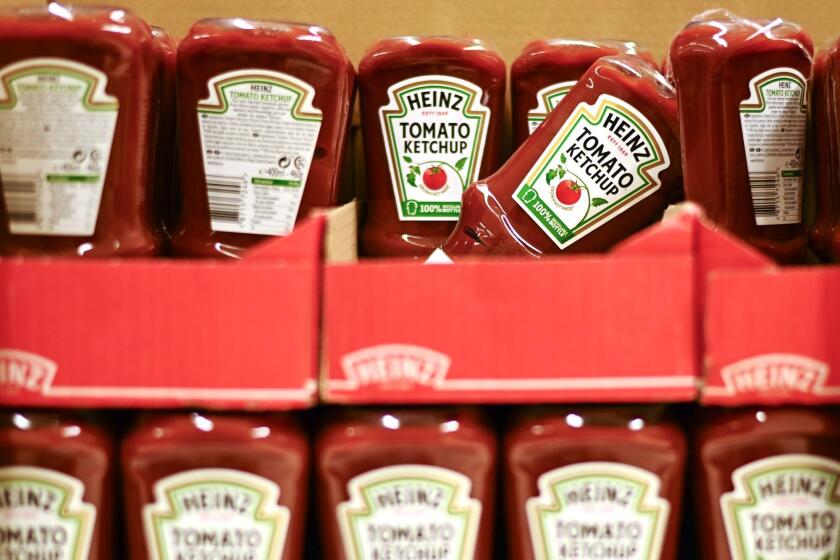As CPI Rises, so Does Talk of a Rate Hike
- Share via
WASHINGTON — Consumer prices jumped 0.6% in June, driven by sharply higher gasoline prices, the government reported Tuesday. But overall inflation appeared under control.
The so-called core rate of inflation, which excludes the volatile elements of food and fuel, rose a modest 0.2% during the month. It has risen just 2.4% in the last 12-month period.
The latest consumer price index data provided evidence for both camps in weighing whether the Federal Reserve will boost interest rates again when it meets Aug. 22. Prior rate hikes appear to have slowed the economy as the Fed intended.
The inflation hawks will point to Tuesday’s report of the 0.6% gain, the biggest jump since a rise of 0.7% in March. In the last 12 months, prices paid by urban consumers have climbed 3.7%, high enough to raise fears of a new round of inflation.
The more optimistic Fed members will point to the so-called core rate of inflation, considered by many a better guide to prices because it measures everything except energy and food, which are varied and unpredictable in price.
Some economists feel the situation does not require any action, but fear that the Fed may boost interest rates anyway.
“The economy has slowed, but has it slowed enough for their purposes?” said Martin Regalia, chief economist at the U.S. Chamber of Commerce.
He and others think it would be a mistake for the Fed to boost rates again.
“While the June increase was a little higher than the market’s expectation, the core inflation rate remains in check,” said Jerry Jasinowksi, president of the National Assn. of Manufacturers. “Volatility in energy costs does not detract from the fact that the core inflation rate is much more stable.”
The increase in oil production promised in recent days by OPEC will eventually find its way to lower prices at the pump, Regalia predicted. Meanwhile, however, motorists going on vacation this month and next, and companies shipping goods, will be troubled by high transportation costs.
About three-fourths of last month’s inflationary surge came from energy prices, which leaped 5.6% in June following a decline of 1.9% during May. Gasoline and fuel oil rose in price. That has driven a jump in airline fares at an annual rate of nearly 19% this year, compared with an advance of 11% last year.
In addition to energy, the cost of medical care is the other item that “leaps out at you,” said Tom Palley, the AFL-CIO’s assistant director of public policy.
Medical care prices increased 0.4% during June, with costs rising at a steady rate throughout the year. The health-care inflation rate for the past 12 months is 4.1%, significantly higher than the overall inflation rate of 3.7% during the same period.
Health insurance firms and health maintenance organizations (HMOs) have been boosting their premiums this year, reflecting rising costs of care. Businesses faced with the higher premiums are likely to curtail some benefits next year and require their workers to absorb a large share of the cost of medical care.
“It is clear we have not come to grips with the problem of medical-care inflation,” Palley said.
From the overall policy view, “we strongly urge no further increase in interest rates,” he said. “The message for Alan Greenspan and the Fed is that inflation is being driven by factors you can’t have much control over--medical care and energy,” Palley said.
The encouraging items in Tuesday’s report included a modest 0.1% rise in the price of food, a significant improvement from the 0.5% increase in May. Prices for fruits, vegetables and baked goods all declined during the month.
Clothing prices also fell, reflecting seasonal sales and discounts.
Telephone services, personal computers and computer peripheral equipment all fell in price in June.
The CPI measures the change in costs for a mythical basket of goods and services reflecting the buying patterns of urban consumers.
More to Read
Inside the business of entertainment
The Wide Shot brings you news, analysis and insights on everything from streaming wars to production — and what it all means for the future.
You may occasionally receive promotional content from the Los Angeles Times.










